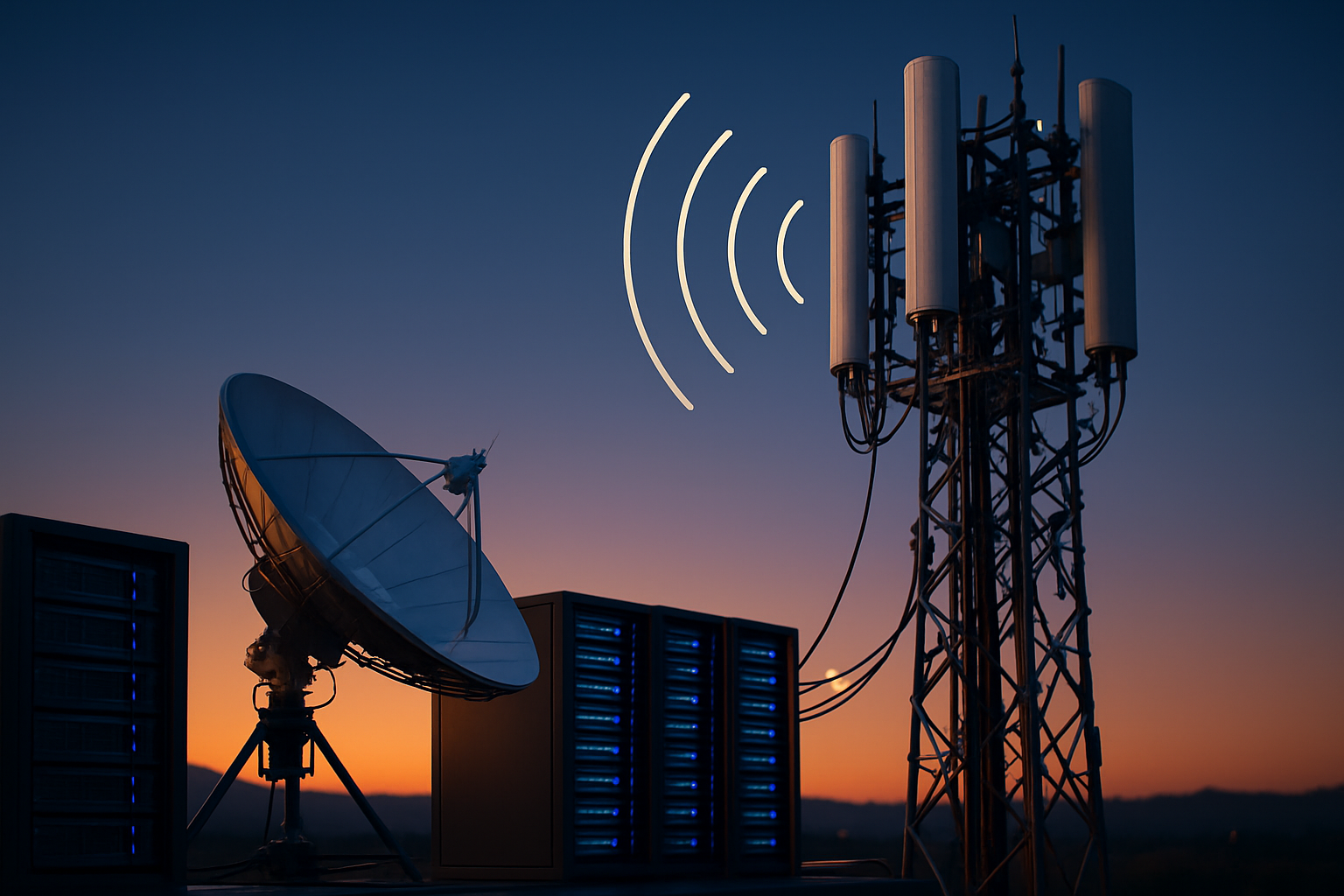Energy-Efficient Network Design for Sustainable Connectivity
Energy-efficient network design balances performance and environmental impact across broadband, mobile, and satellite systems. This article outlines practical approaches for reducing power consumption while maintaining reliable connectivity, considering technologies from fiber and submarine cables to 5G, edge computing, and cybersecurity measures.

Energy-Efficient Network Design for Sustainable Connectivity
Designing networks with energy efficiency in mind means aligning technical choices with environmental and operational goals. An energy-conscious approach addresses how broadband and mobile access are delivered, how backbone infrastructure is architected, and how traffic is routed to minimize wasted power while preserving low latency and resilient connectivity. This overview covers trade-offs across fiber, satellite, 5G, submarine systems, and edge deployments, with attention to infrastructure lifecycle, peering, and security implications.
How does broadband affect network energy use?
Broadband delivery methods influence overall energy profiles. Fixed fiber-to-the-premises links tend to be more energy-efficient per bit transmitted than copper-based DSL because fiber has lower loss and can carry higher capacity without repeated signal regeneration. Broadband aggregation sites and access nodes must be designed to consolidate traffic efficiently, leveraging virtualization and dynamic capacity scaling to reduce idle power draw. Equipment choices, cooling strategies, and sleep modes for idle ports are practical levers. For rural deployments, trade-offs between deploying long fiber runs and alternative access like satellite affect both capital and operational energy costs.
What role do 5G and spectrum choices play?
5G introduces new options and challenges for efficient radio access networks. Spectrum allocation affects coverage and required base station density: lower frequencies cover larger areas with fewer sites, while mmWave bands deliver high capacity but need many small cells. Network designers can optimize energy use by combining macro sites for broad coverage with strategically placed small cells for capacity, and by adopting sleep modes for cells during low demand. Spectrum efficiency improvements, such as massive MIMO and beamforming, can reduce energy per bit, but careful planning is needed to balance throughput, latency expectations, and overall power consumption.
Can fiber and submarine cables reduce emissions?
Fiber and submarine cable systems are central to long-distance connectivity with relatively low per-bit energy use. While the manufacturing and laying of cables require significant upfront energy, their long service life and high capacity help amortize those emissions. Upgrading backbone routes to higher-capacity fiber and optimizing routing can cut energy intensity by reducing the number of active transponders and regenerators. For international links, planning peering and traffic engineering to use efficient submarine paths and minimizing unnecessary reroutes can also reduce energy spent on long-haul transmission, improving both latency and sustainability.
How do satellite and rural connections compare for efficiency?
Satellite systems offer essential connectivity in remote and rural areas where fiber or dense 5G coverage is not feasible. Modern low-Earth orbit (LEO) constellations aim for lower latency and higher throughput than traditional geostationary satellites, but satellites typically consume significant energy per delivered gigabyte at the system level, factoring in launch and operational power. For rural connectivity, hybrid approaches—combining local fiber or fixed wireless access with satellite backhaul—can optimize energy by concentrating high-capacity links where feasible and using satellites as complementary links. Choosing the right mix depends on distance, user density, and the expected traffic profile.
What is the impact of edge computing and latency on efficiency?
Edge computing shifts processing closer to users to reduce latency and backbone load, which can lower energy use by minimizing repeated long-distance transmissions. However, distributing compute resources increases the number of active sites and may raise baseline power consumption if not managed with efficient hardware and workload consolidation. To maximize gains, networks should colocate edge nodes with existing infrastructure, use energy-proportional servers, and implement orchestration that scales workloads to active resources. Reducing latency through edge deployments can also enable more efficient applications that avoid network-intensive patterns, further saving energy.
How do peering and cybersecurity practices influence efficiency?
Peering arrangements shape traffic flows and can shorten routes, lowering transit energy costs and improving latency. Strategic peering and traffic engineering help avoid inefficient detours that increase active equipment usage. On the other hand, cybersecurity measures—while essential—can introduce processing overhead from encryption, inspection, and logging. Efficient network security balances protection and energy impact by offloading cryptographic work to optimized hardware, using selective deep packet inspection rather than blanket inspection, and deploying security functions at appropriate points in the architecture. Secure, streamlined routing policies reduce redundant processing and improve overall energy efficiency.
Conclusion
Energy-efficient network design requires a systems perspective that spans access technologies, spectrum strategy, backbone routing, edge placement, and security. Decisions should weigh upfront infrastructure impacts against long-term operational energy use, particularly when extending connectivity to rural or undersea environments. Combining higher-efficiency transport like fiber and optimized peering with smart 5G deployments, targeted edge computing, and pragmatic cybersecurity can reduce environmental footprints while maintaining the connectivity and low latency users expect.





